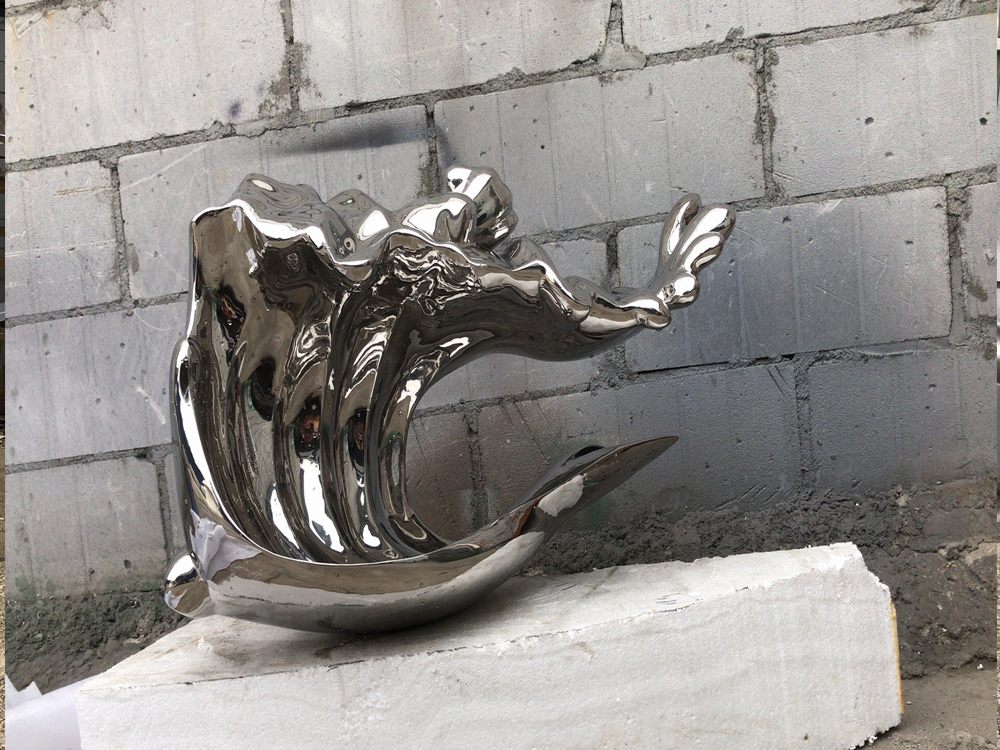
Wood carvings from indigenous cultures and Western traditions showcase profound differences in both symbolism and technique, reflecting their unique cultural roots. Indigenous carvings often serve spiritual or communal purposes, with motifs deeply tied to nature, ancestors, or tribal myths. For example, Maori carvings in New Zealand feature intricate spiral patterns representing lineage, while Pacific Northwest tribes use totem poles to narrate clan histories. Techniques are typically handed down orally, emphasizing hand tools and organic materials.
In contrast, Western wood carvings frequently prioritize aesthetic or functional goals, such as Renaissance-era religious sculptures or decorative furniture. Symbolism here leans toward classical mythology, Christianity, or individualism, with techniques refined through formal apprenticeships and machinery. The divide highlights how art evolves within cultural contexts—indigenous works preserve collective identity, while Western pieces often reflect personal or societal ideals. Understanding these distinctions enriches appreciation for both traditions.

